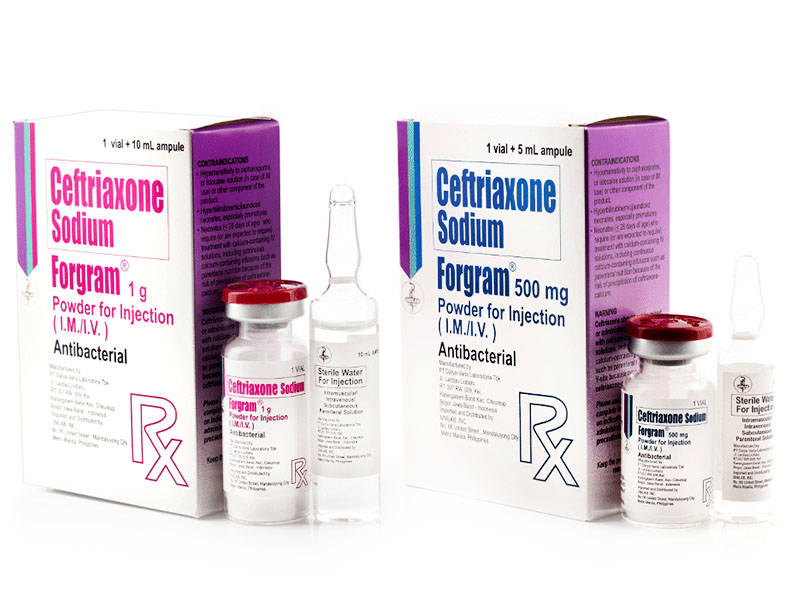Skin diseases are often dismissed as regular rashes or a skin irritation as an allergic reaction to anything new that was introduced to your diet, environment, or even a new detergent. But these symptoms could be the early signs of a chronic skin disorder that’s waiting to happen.
Impetigo
Also known as: Sores
Causes: Exposure to bacteria like Staphylococcus aureus or Streptococcus pyogenes
Common symptoms: Red sores around the nose or mouth area, painful pus-filled sores (severe cases)
Who are at risk?
Impetigo mostly affects young children aged 2 to 5 years old but some adults can still develop the disease. This common skin disorder is highly contagious since the bacteria is spread through skin to skin contact. Athletes who are involved in contact sports are also at risk, most especially if they are currently suffering from other skin conditions like dry skin (eczema) and untreated scrapes/cuts. Another factor which helps spread impetigo is hot and humid weather.
Treatment:
Antibacterial creams or oral medication are usually prescribed to patients. If you or your child has impetigo, it helps to cut your nails short and to coat affected areas with clean gauze to prevent scratching and spreading the disease. Do not share your towels, soaps, and clothing with others if you are infected.
Pyoderma
Types: Impetigo (most common), superficial folliculitis, pyoderma gangrenosum (severe cases)
Causes: Staphyloccus aureus and various external factors like poor hygiene, climate, overcrowding
Common symptoms: May appear as a small pimple or blister
Who are at risk: In some cases, people with existing inflammatory bowel diseases, hepatitis, and rheumatoid arthritis are prone to developing severe pyoderma
Treatment:
Your doctor may prescribe medical creams and other medications like steroids for pyoderma. You should also take extra good care of the affected area by cleaning it and changing the dressings regularly.
Erysipelas
Similar to: Cellulitis
Causes: Group A Streptococcus bacterium
Common symptoms: swollen glands, fever, chills
Who are at risk: Children aged 2 – 6 years old and adults aged 60 and above
Treatment:
It is recommended that you relieve any kind of pressure on the affected area. If you have erysipelas on your leg, then you should make a conscious effort to elevate it above your hip level so you can reduce the swelling. Antibiotics and other topical medicine may be prescribed by your doctor.
Wound care
Should you be diagnosed with any type of skin disorder, it is of utmost importance that you practice good hygiene. Always wash and disinfect your hands before you clean your wounds and consult a doctor if you spot any unusual changes. Minor scrapes should be cleaned right away and be covered with a bandage (if needed) to avoid infection and further damage to your skin.
Always consult your doctor before applying any form of cream or drinking any kind of medication. Keep in mind that your physician is in the best position to prescribe the right kind of treatment for your condition. Immediately stop using a product if you experience negative side effects



